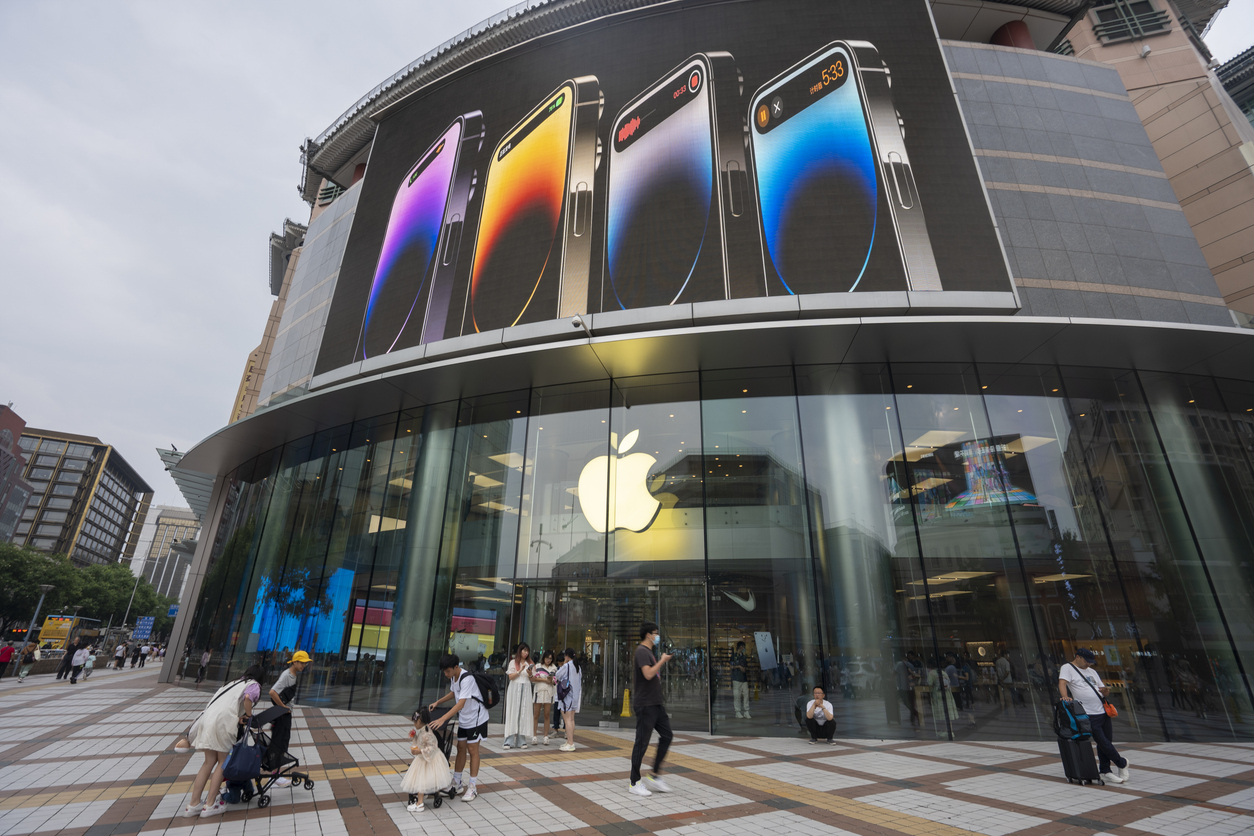What the Apple, Bumble and Swehl ad controversies have in common
Swiftly retracting ads after release is not a sustainable solution.

Julianna Jacobson is SVP of marketing communications at Hot Paper Lantern.
Recent backlash against three separate advertisements from Bumble, Swehl and Apple made headlines after public outcry reached such extreme heights that all three brands’ ads were pulled.
From a marketer’s perspective, the ads aren’t groundbreaking, but they are funny, intriguing, and just a bit provocative. Each ad speaks to its audience, ties into trends and conversations within its community and seamlessly highlights its product to spark conversation. They’re generally innocuous.
Product ads are designed to enhance brand reputation, increase sales, and generate buzz. However, in the case of Bumble, Swehl, and Apple, each ad infuriated consumers who responded in overwhelming droves, sparking a firestorm of controversy around the brands. Let’s take a closer look at why this may have occurred.
Brands and consumers are disconnected
Looking at these ads and reading consumer commentary, it’s easy to see both sides and identify where each brand missed the mark. But how, and even why, did it happen?
The remarkable similarity in consumer response to all three different advertisements prompts a crucial question: Are companies not investing enough thought in their marketing strategies, or are consumers over-scrutinizing? Where is the internal breakdown and what is the consumer-brand disconnect? Why are ads being misinterpreted?
Brands should always prepare for the worst
Even with the best intentions, anything can be misconstrued in this politically charged world. And if brands continue to miss the mark, reputations will continue to tarnish. Likewise, digital chatter will never end, and it’s impossible to please everyone. But if a brand plans properly, it should be able to stand behind what it releases externally. Knowing this, brands must either strategize their ads more effectively to anticipate potential backlash or better prepare to handle it. Swiftly retracting ads after release is not a sustainable solution.
Since product sales ultimately rely on consumer behavior, brands should always have a robust crisis communication plan ready. This way, organizations can reduce the impact of consumer criticism and maintain their reputations among stakeholders and the public.
Brands must also remember that everything they release should align with their mission and values. These guides exist for a reason, and brands would do well to follow them without wavering. Additionally, ad teams should lean on focus groups, utilize sensitivity readers, run crisis scenarios and determine how the brand will respond to backlash before releasing any campaign to the public.
Consumer distaste, distrust and intolerance
At the same time, tolerance levels are lower than in previous years. Consumers are more vocal and easily access various channels to voice concerns. They are no longer willing to remain silent when something conflicts with their personal values. While this passion and readiness to advocate for beliefs is commendable, consumers must remain balanced and consider that not every ad carries a political message. Sometimes, an ad is just an ad.
Looking ahead with better intentions
Overall, both brands and consumers must remember that the tone and intent of communication play significant roles in message perception. Brands and consumers can sometimes fall into a groupthink blackhole, which can lead to misdirection and misunderstandings. Therefore, it’s crucial to maintain a thoughtful approach in all interactions.







Speaking of pr tips, how about doing some research before you try to ride the chatter of another brand’s moment? This goes for that lame Bloomberg piece, too. Swehl doesn’t even sell lactation cookies. They put out a free recipe with the distinct note that it’s an old Wives Tale. The campaign is about empowerment. Super troubling to see that the ones looking for a negative angle are…women?!?! We can do better.
From a consumer’s perspective, I find it frustrating that for years, companies have begged consumers to care about and love their products and brands. Apple’s successful ecosystem is supported heavily by people who deeply believe in its offerings, especially for creative talent. But when Apple launches an ad that could easily be construed as refuting those beliefs, it’s the consumers who must “remain balanced” and accept that “an ad is just an ad.”
Brands cannot have it both ways. You either develop a passionate audience and accept that passion can inspire blowback like these companies experienced. Or you’re okay with quiet apathy, even if it affects your brand’s overall growth and success.
I appreciate your call to engage in more focus groups and market research — companies have lagged in this regard. But it’s incumbent upon companies to *listen* to that feedback and show consumers they’re paying attention. Brands cannot meet consumers’ passion with apathy. And while it’s true you cannot please everybody, more effort on brands’ parts would help consumers feel their passion and belief in a brand are reciprocated.